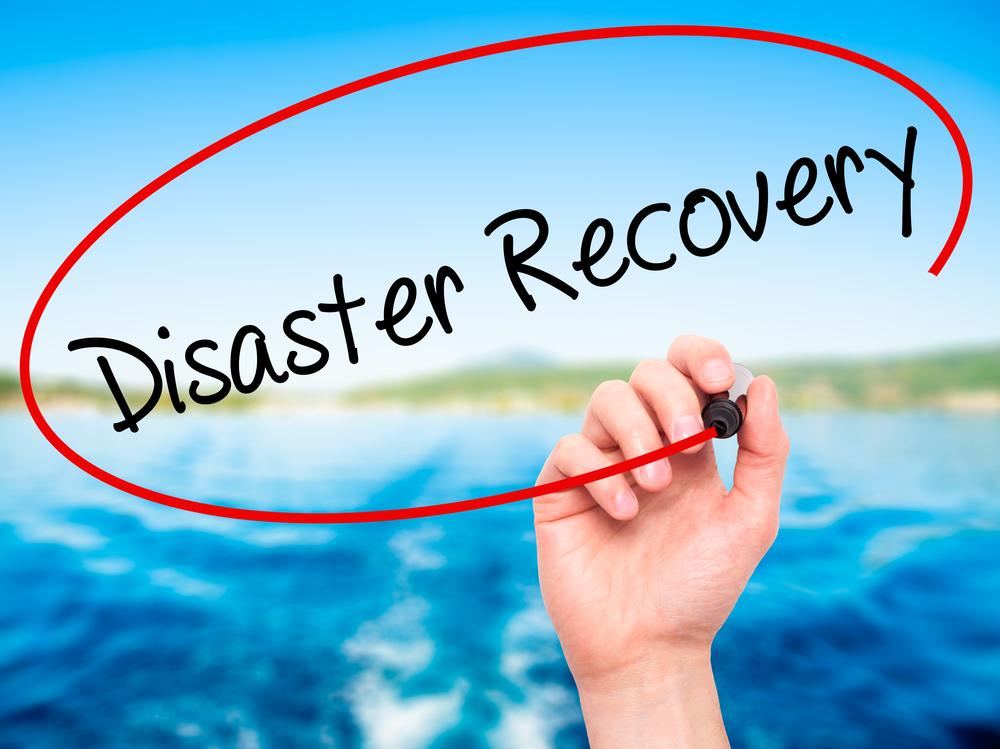
Be Prepared for Disaster Recovery
Disaster often strikes with little or no preparedness on the part of the victims. And while we hope you’ll never experience a disaster like a flood, fire, hurricane, or tornado, the following tips can help you recover more quickly following an tragic emergency. Putting a disaster recovery plan in place, even if you’ll never need it, means you’ll be ready to act if the unthinkable occurs.
These tips can help ensure the safety of your family, employees, and pets following a disaster:
1. Flood
Flash floods often hit without any warning, which means you may have limited time to reach higher ground. The best thing you can do in a flood is avoid flood water and stay in safe high ground areas. You can also prepare for a flood by responding quickly to evacuation orders. Flood waters are very unpredictable and the best way to survive is to get out of the way.
You can prepare for flooding by:
- Putting together an evacuation kit (i.e., with food and fresh water, medication, first aid supplies, essential documents, and water purification tablets).
- Known your escape plan and ensure your family is onboard.
- If you live in a flood plain, use topographical maps to identify safe high ground within you community.
- Tune into emergency radio for flood and tsunami warnings.
2. Fire
Should a house fire occur, escape for you and your loved ones should be your top priority. While preventing house fires is key, if one strikes suddenly, you should be prepared by acting fast and following a predetermined escape plan that the entire family knows by heart. Fires can expose you to deadly heat, flames, smoke, and toxic gases so be prepared by:
- Enacting your disaster plan, which your entire household knows by heart.
- Pre-determine meet-up points in case of fire that are a safe distance from your home.
- Ensure all home windows, screens and doors function properly and will open during a fire.
Install smoke detectors and change the batteries (and battery back ups) as needed. - Install carbon monoxide detectors with working batteries and backups.
Ensure household fire extinguishers are nearby and in functioning order. - If the fire is out of control, leave the home immediately.
3. Hurricane
Thankfully, meteorologists can usually predict hurricanes from miles and miles away. However, if you live in a hurricane prone zone, you should be prepared for everything a hurricane can throw at you—including severe thunderstorms, high winds, tornadoes, and flooding. If you must face a hurricane, have a disaster plan in place outlining the following:
- Evacuate if a hurricane alert is issued. The best thing you can do is evacuate the area.
- Prepare your vehicle (i.e., gas up, pack important items and documents, etc.) to leave the area safely.
- Prepare a food and water kit as power may be off for days to weeks.
- Fill bathtubs and toilets with fresh water prior to the storm.
Board up your windows or install storm shutters - Reinforce home siding, roof, garage doors, windows and bring outdoor furniture inside.
- Trim away long branches
- In case of flooding, plan to meet on high ground and familiarize yourself with emergency evacuation routes and shelters.
4. Tornado
A tornado can occur in any severe thunderstorm. Just because your home isn’t built in a tornado zone, doesn’t mean you’ll never experience one. Tornadoes can leave a trail of concentrated damage in their wake. If a tornado strikes:
- Know the tornado warning signs (i.e., dark sky, circular pattern clouds, funnel clouds).
- Tune into emergency radio broadcasts.
- Tornado watch vs. tornado warning (watch means the conditions are right for a tornado, while a warning means a tornado has been spotted).
- Seek immediate shelter (low and away from windows and exterior walls).
If you hear a tornado warning for your location, determine the closest safe shelter place to meet and stay together until the tornado passes.


